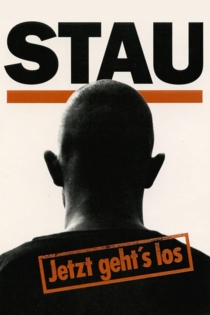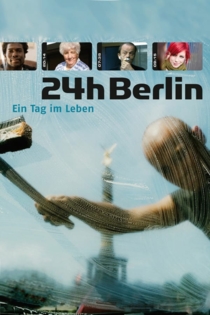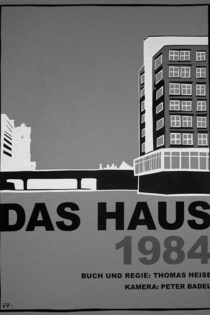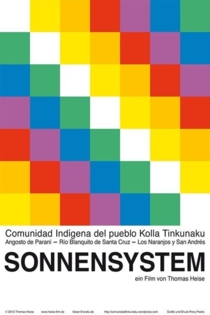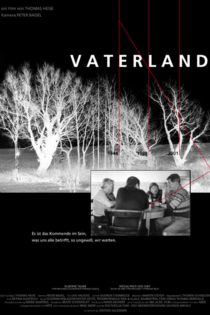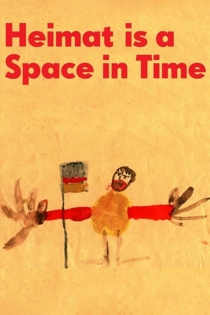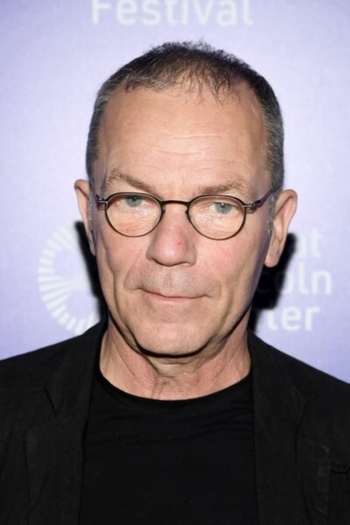
Thomas Heise
1955 (70 лет)Since the beginning of the 1990s Heise's documentaries have attracted national and international attention. Since 2007 he's been teaching as a Professor for Film and Media Art at Hochschule für Gestaltung Karlsruhe. Thomas Heise's earlier films dealt with social phenomena in the GDR and the country's bureaucratic apparatus. From the late 80s his focus has moved to the changes individuals, families and regional communities have had to undergo in the aftermath of the German reunification. The works of the filmmaker encompass a wide range of contemporary socially relevant topics such as privatisation, the re-organisation of the formerly industrial sphere, unemployment and rightwing radicalism to name but a few.
Ortung
Eduard Stürmer, Kathrina Edinger
Marcus Klotz, Udo Eckbrett
DETECTION. Consideration of past, present and future of a small village in Germany. For over a century — wars and states went by — the military is the largest employer. The everyday life of the community is inextricably linked to the events on the nearby military training area. Diaries, daily instructions, petitions, letters and photos tell about daily life at different times.
Detection

Barluschke
Thomas Heise
Berthold Barluschke, Joanna Haas
The documentary relates how in the second half of the 20th century the agent Berthold Barluschke was first a henchman of the State Security Service of the GDR and then of the West German Federal Intelligence Service.
Barluschke

Material
Thomas Heise
Fritz Marquardt, Karl Kneidl
"Pictures from the late eighties in the GDR on up to the immediate present in the year 2008 in Germany. What has been left over besieges my mind. All these pictures keep reassembling themselves to make up something which they were originally not made for. They are still in motion. They are becoming history." (Thomas Heise)
Material
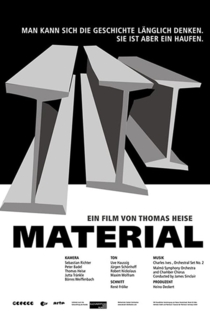
Wozu denn über diese Leute einen Film?
Thomas Heise
"This was my first student documentary. I shot it over the Easter vacation in 1980 on 16mm, black-and-white reversal film. Apart from two five-minute exercises, it was destined to be the only film I ever finished at the College of Film and Television of the German Democratic Republic (Hochschule für Film und Fernsehen der DDR, HFF) in East Germany’s Potsdam-Babelsberg. It was quickly banned from being shown publicly and it remained in storage until the end of 1989. The film tells the story of a mother and her sons having coffee and cake while they try to remember –in vain– when the first time was that they tangled with the police. The reason it was banned was the casual way the film portrayed those young men living their lives untouched by ideology, including taking their careers as petty criminals for granted, meaning the film’s author accepted their existence, as is, and simply wanted to explore it.”
So Why Make a Film About These People?
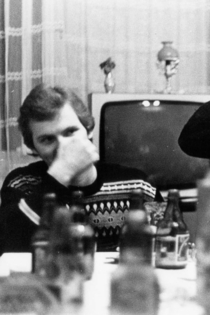
Stau - Jetzt geht's los
Thomas Heise
A group of young people in Halle-Neustadt moving aimlessly between the concrete blocks once built as a socialist model housing estate. Familiar certainties dissolved along with the GDR. Even though there were hardly any foreigners in Saxony-Anhalt, a dull aversion to everything that hadn’t been part of daily life until then began to spread. The general dissolution, perceived as a threat, is countered by apparently clear world views. When Thomas Heise won the “Documentary Film Prize 1992” at the Duisburger Filmwoche, the laudation ended with the assumption that the film would probably provoke disagreement. It turned out to be true.
Stau – Jetzt geht’s los
